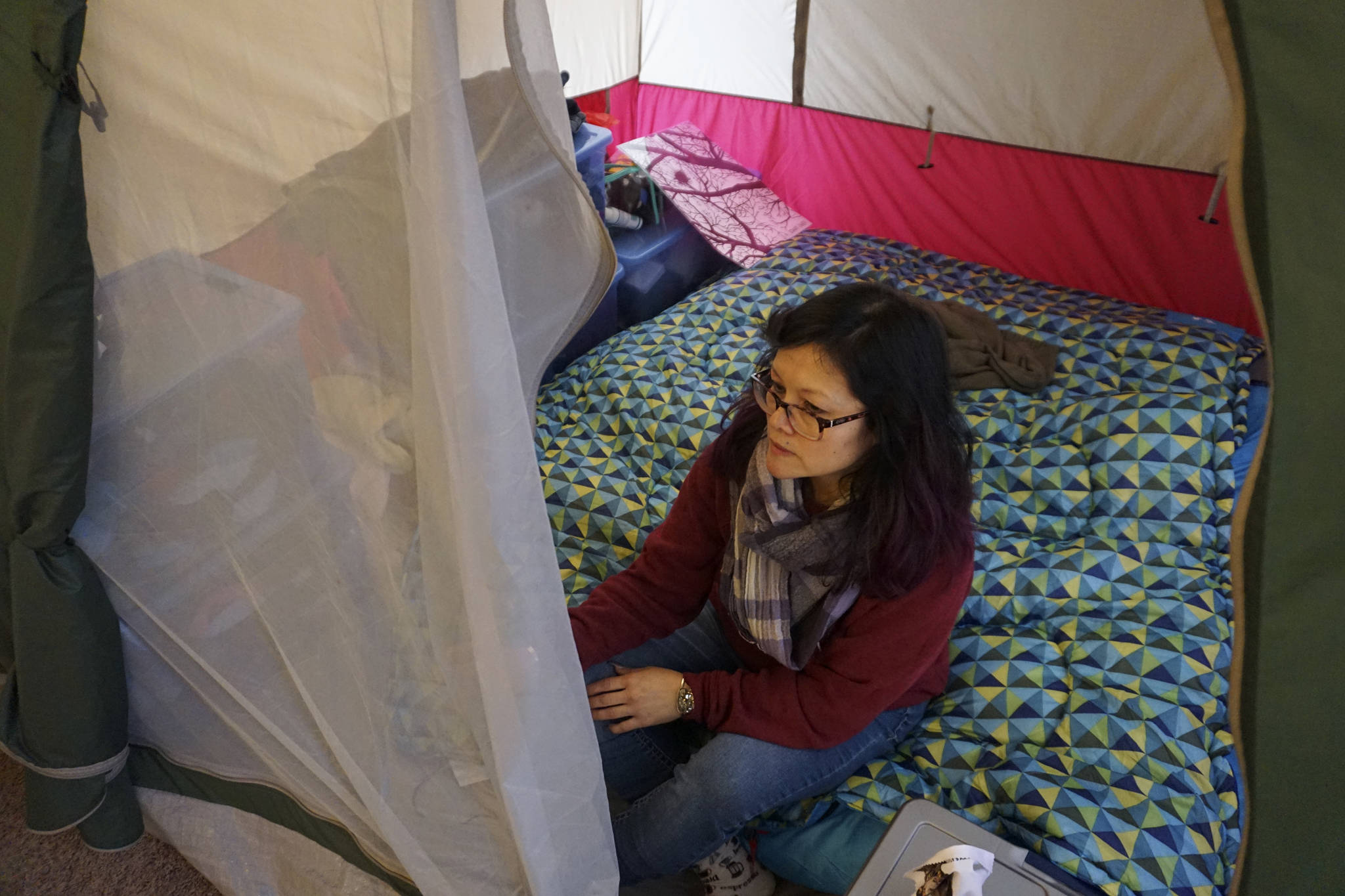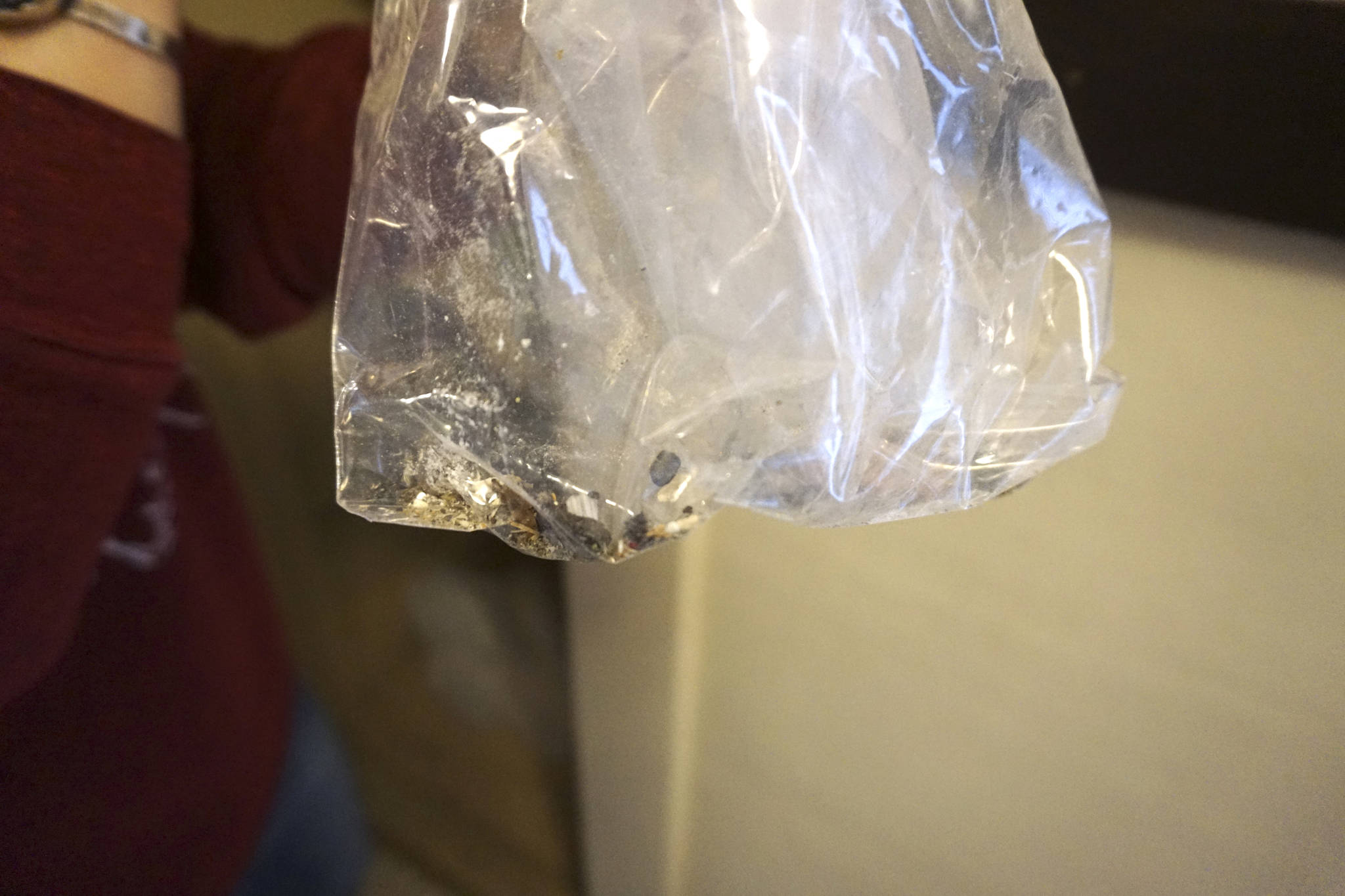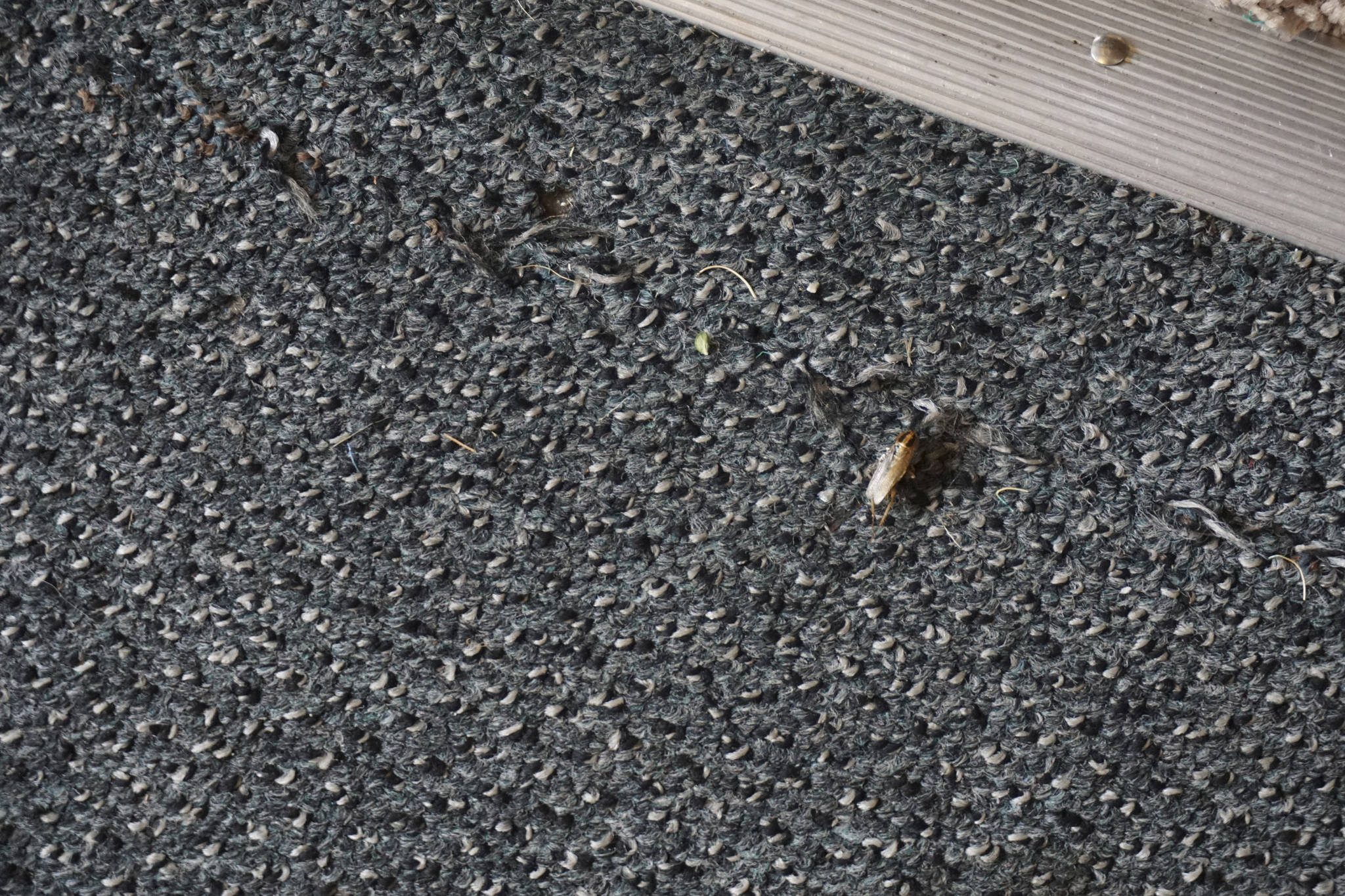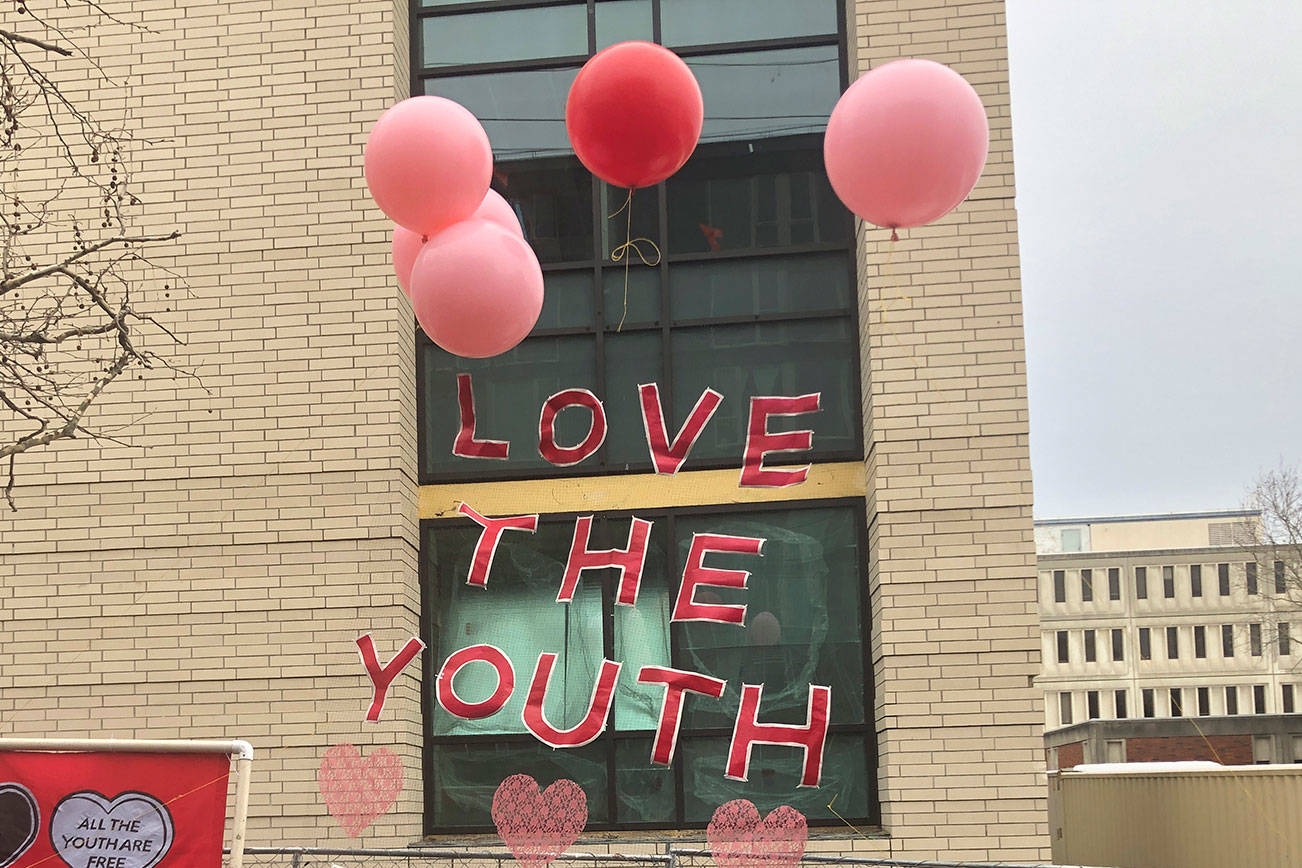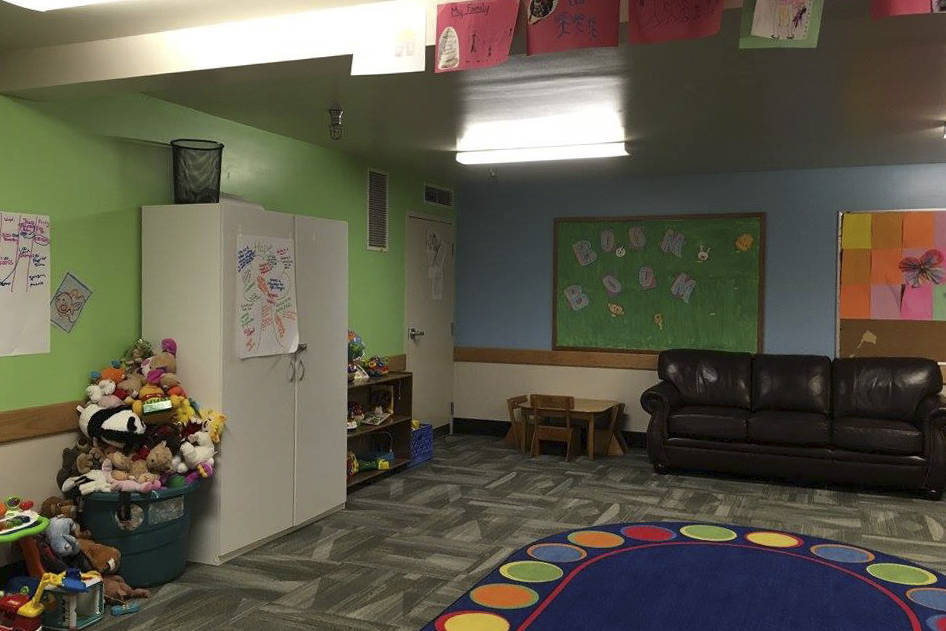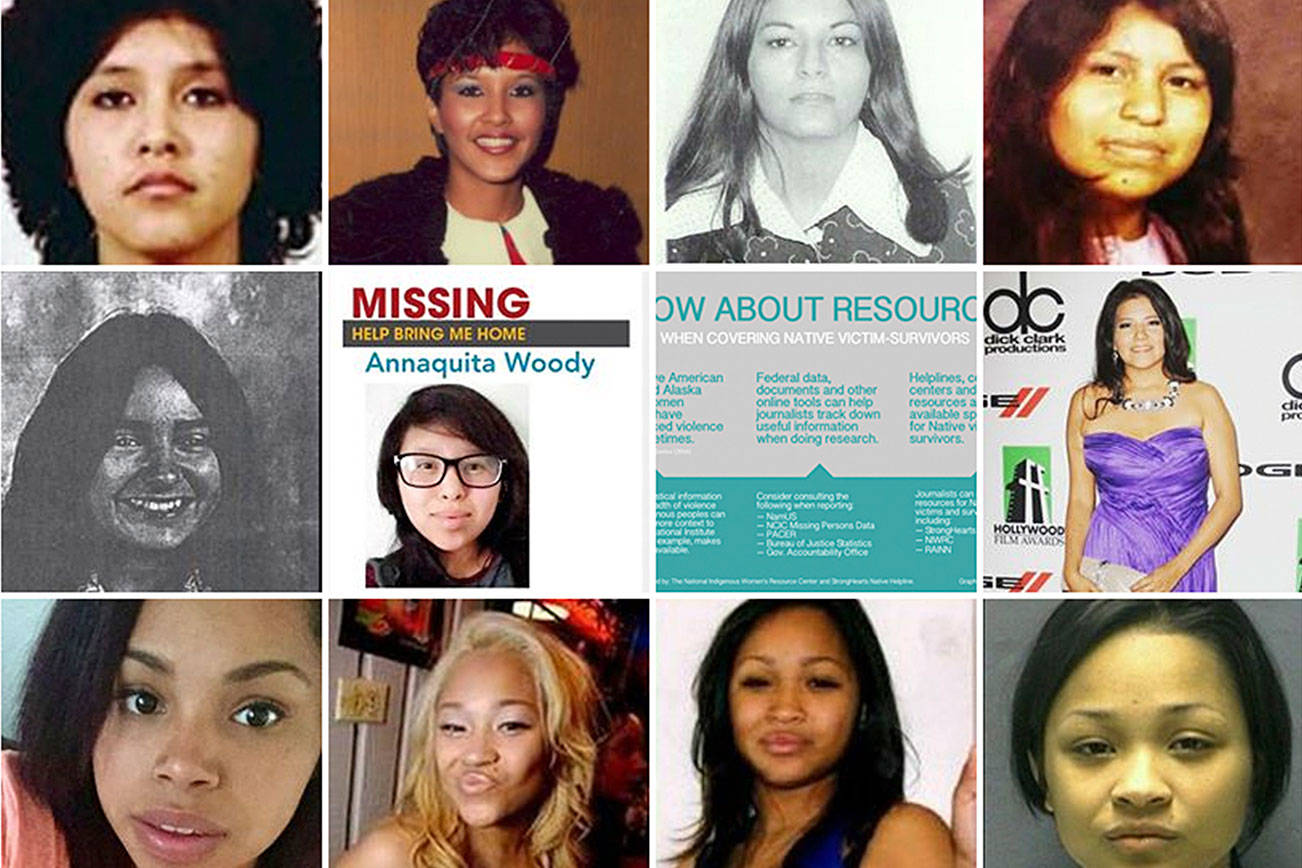When Christy X moved into her Coniston Arms Apartments unit at the beginning of the year, she believed that her itinerancy would finally come to an end. X, a documentary filmmaker and instructor, had bounced around from shelters to friends’ places after facing an eviction at her West Seattle apartment in October 2018. A diversion program run by the nonprofit Mary’s Place held the possibility for stable housing that she sought.
Last year, X entered the program that seeks to house unsheltered women and families by covering some of the rent. According to a Dec. 17 email between Christy X and Mary’s Place staff provided to Seattle Weekly, a case manager recommended that she move into an available Coniston Arms unit owned by landlord Alan Hua. Although she considered the unit “dingy,” she was desperate for housing. “As a homeless person, I really don’t know if I’m going to get any other opportunity for housing period through Mary’s Place, so I really have to lock this up. I just have to agree to it and just go,” X said.
After viewing the apartment for 10 minutes, X says that a Coniston Arms property manager gave her the keys and the lease. “I’m a little overwhelmed and I kind of think I’ve won the lottery,” X reflected. “What kind of homeless person gets keys and a lease for just showing up? It’s surprising, but I just go with it.”
But when she moved into the apartment in January, she soon realized that the deal was too good to be true. Whenever she takes a shower, X said that animal droppings will rain down on her from a vent overhead in which she believes there is a rodent’s nest.
On a gray Saturday morning in early February, X holds a plastic bag of rodent droppings that she has collected around her apartment, although she said that she’s never seen the rodents herself. What’s of greater concern is the cockroach infestation that has led her to keep all of her food inside of the refrigerator. During the visit, Seattle Weekly spotted two cockroaches in her apartment — one underneath the sink and another on the rug outside of her door. She said that she requested extermination of the cockroach and rodent infestation in mid-January and that Hua’s son lined the bathtub with a toxic paste designed to poison the roaches, but that it’s been ineffective.
As a result of the infestation, X says her living conditions are similar to life on the street, even with a roof over her head. A tent in the middle of her unit serves as her sleeping quarters, while she keeps her clothes in a suitcase and trash bags. She said that she’s bought 36 roach baits with her own money. The uninhabitable conditions as well as miscommunication with Mary’s Place about payment of February’s rent led her to put in a 30-day notice at her apartment. On Feb. 28, X will face homelessness once again.
However, Hua denies the allegations. “I checked with my resident manager, and she never made any complaint,” Hua said about X’s allegations of pest infestations at Coniston Arms. “We have been working with the professional pet control company for years, and whenever we received the complaint, always sent the professional terminator to provide the service. We did our best to serve our tenants no matter what kind of problem came out, and we will continue to do so in the future,” Hua wrote in a follow-up email to Seattle Weekly.
In Hua’s eyes, X is now complaining about the infestation issue because Mary’s Place would not pay for her February rent. According to X, Mary’s Place said that the nonprofit would pay her February rent on her behalf, although it ultimately wasn’t covered.
Hua has been working with Mary’s Place case managers to place unsheltered people in his buildings for two years, he noted. There are currently two people living in his buildings who were referred by Mary’s Place.
Over the past four decades, Hua has been listed as the plaintiff in over 490 cases and the defendant in six cases, according to state court records. A notice of violation issued by the Seattle Department of Construction and Inspections (SDCI) in March 2018 revealed nearly 20 violations of a Seattle Housing and Building Maintenance code, including damaged gutters and missing downspouts. However, neglecting to exterminate insects, rodents, or other pests was not listed as one of the violations.
Coniston Arms isn’t the only apartment building owned by Hua’s company, C & A Hua Limited Partnership, that has drawn the ire of tenants and housing advocates in recent years. Hua also owns Georgetown’s Boeing Field Apartments, which received three violation notices between 2013 to 2018, according to SDCI records, all of which included the failure to exterminate the cockroach infestation throughout the building. Washington Community Action Network’s Political Director Xochitl Maykovich has canvassed throughout the city, but said that the conditions at Boeing Field Apartments are incomparable.
“It’s some of the worst apartments I’ve ever door knocked,” said Maykovich. Despite the building’s notoriously inadequate conditions, she finds that tenants are reluctant to complain. “I think a lot of people are fearful; I mean, it’s the cheapest rent you’re going to find.” In her role as a Seattle Women’s Commissioner, Maykovich came across Hua’s name multiple times when she culled through court records and interviewed residents for a report titled Losing Home: The Human Cost of Evictions in Seattle released in September 2018. One eviction case relating to one of Hua’s buildings revealed pictures of a collapsed ceiling.
X takes issue with Mary’s Place’s partnership with a known “slum landlord.” In fact, Seattle Weekly included Alan Hua in a 2006 article detailing the city’s three most notorious landlords. Although she’s contacted Mary’s Place staff to discuss the payment of her February rent and the poor conditions of the unit referred to her, X said that Mary’s Place has not responded to her. She finds it negligible that the nonprofit has placed her and other vulnerable people in undesirable situations such as the one she currently finds herself in.
But according to Mary’s Place Chief Communications Officer Linda Mitchell, the nonprofit doesn’t refer its guests to apartment buildings; instead, staff offers them available options and invites them to do their own research before moving into a unit. A confidentiality agreement prohibited her from discussing details about X’s case, although she noted that the nonprofit covered X’s first and last month’s rent for the Coniston Arms unit. “In general, our job is to work with our guests to reduce their barriers for housing, and that’s what we did with Christy,” Mitchell said. The main criteria that the nonprofit considers when partnering with landlords is availability of units. “There’s a housing shortage and so we’re always looking for landlords who have available units and who are interested in working with our families. We sometimes have barriers to housing, and … we work with them to reduce their barriers,” Mitchell said.
Maykovich doesn’t entirely put the onus on Mary’s Place or other nonprofits for recommending that Christy X or other residents experiencing homelessness stay in Hua’s buildings. For some nonprofits, there’s not enough decent landlords who will take in people who are living on the streets. “You’re between a rock and a hard place,” she said.
As for X, she plans on staying with family friends for at least two weeks in Vashon Island while she searches for another place after Feb. 28. It’s unlikely that she will secure funds to move into affordable housing, as her daughter’s part-time job will be considered additional income when she turns 18 years old in April. She is trying to draw awareness of her experience with Mary’s Place and Alan Hua by putting flyers throughout her apartment building and creating a documentary.
“After receiving the harsh news that I will not be receiving a tax return [which we had planned on moving with] I am left with zero funds to relocate for a second time,” X wrote in an email to Seattle Weekly two days before she was set to move out of her apartment. “Under pressure, I am needing to secure a new, safer, habitable apartment by the end of March [at the latest]. The positive: principal photography is locked on my documentary featuring my experience as a ‘guest’/client of Mary’s Place while living at the Coniston. My hope is to roll out post production by the end of March after securing a new apartment.”
